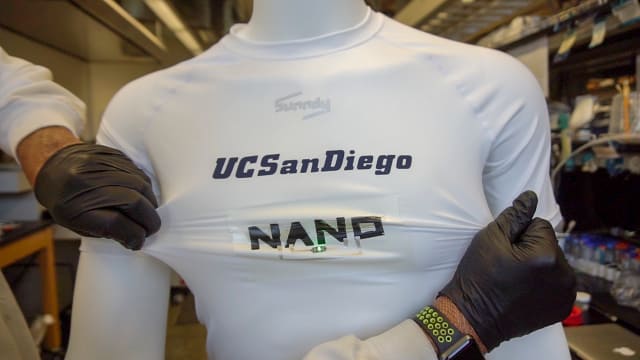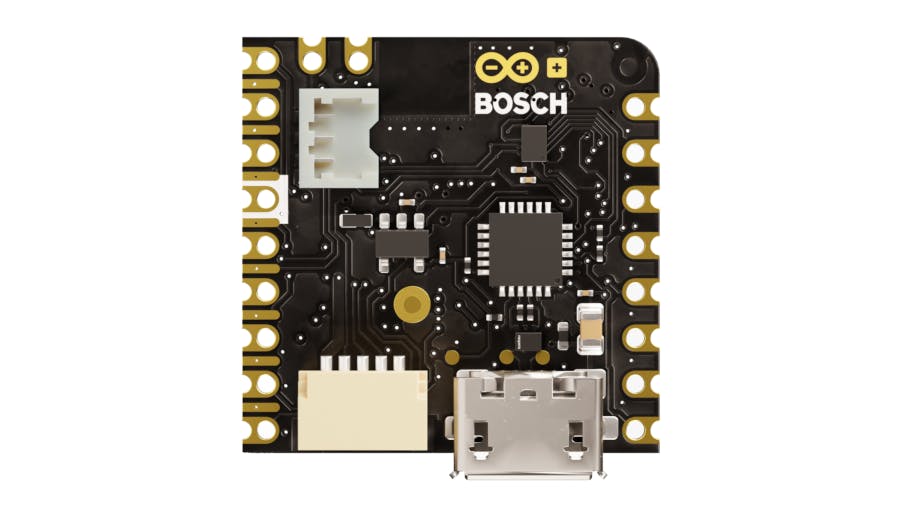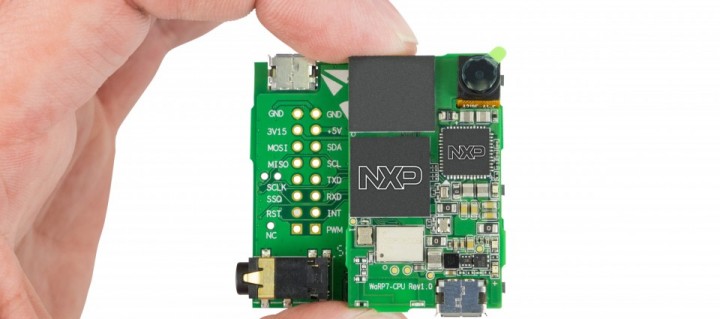
Nowadays, there is a lot of technology that implements wearables in fashion, medicine, worker safety, accessories and much more. Many wearables are coupled with uncomfortable charging cables that are irritating for users to handle, some even have big batteries that make wearables a burden instead of an advantage. Statistics show that people tend to abandon this devices after only 6 months of buying them, and battery life and portability is one of the issues. Addressing portability, the nanoengineers at the university of California San Diego have developed a new material that allows the creation of flexible, stretchable, and rechargeable batteries which can be printed into clothes.
This material named SIS can be expanded twice its size in any direction without any damage. SIS is made from a hyper elastic polymer material made from isoprene and polystyrene. The ink used to print the batteries is made with Zinc silver oxide with bismuth (to make it rechargeable). The whole flexible battery is made from both SIS and the ink. When zinc battery runs out, their electrodes react with the liquid electrolyte inside the battery which eventually shorts circuits the battery, bismuth prevents this from happening and ensures battery durability.
The prototype has 1/5 the capacity of a hearing aid rechargeable battery and it´s 1/10 as thick. It costs only $0.5 USD to produce and uses commercially available materials which makes it cheaper and smaller, but not as efficient as a common wearable battery. Two of these batteries are needed to power a 3 v LED, so a lot of them would be needed to power a bigger device.
The engineers are working towards improving performance to make them a good choice for wearable developers. They also want to extend their work towards lithium ion batteries, supercapacitor, and photovoltaic cells. Commercially, the short-term objective is to replace coin batteries for printable batteries which have a competitive price.
When performance is improved these batteries could power all kind of wearables for medical purposes such as shirts that can detects fever, or glucose sensor in diabetic patients. Also, for recreational purposes such as a sweatshirt with LEDs to run during night, or a shirts that detects movement and helps you with your movements while playing golf. Engineers for this project should consider implementing wireless charging to make it even more comfortable for the user by ending the need of cables and small connectors which are a nightmare for most of the people.















